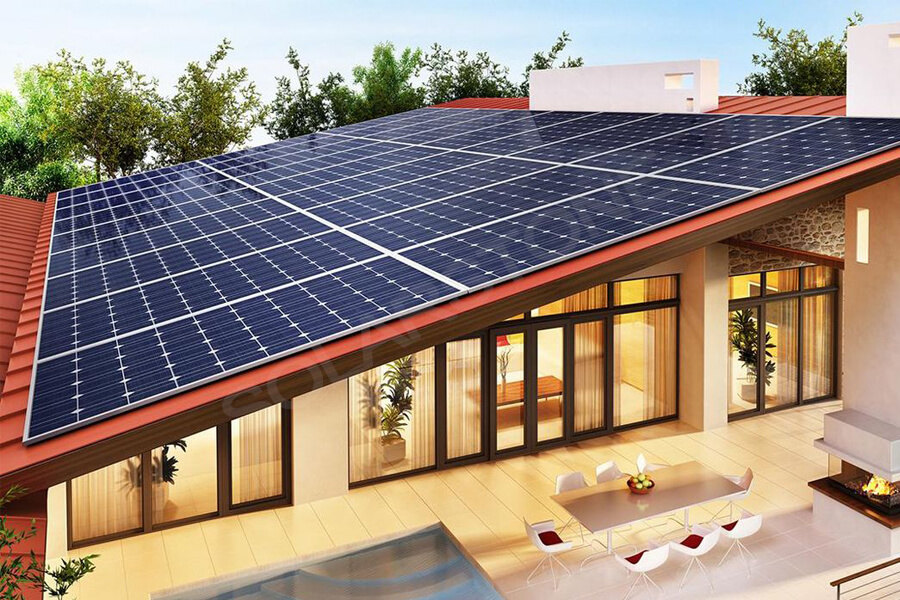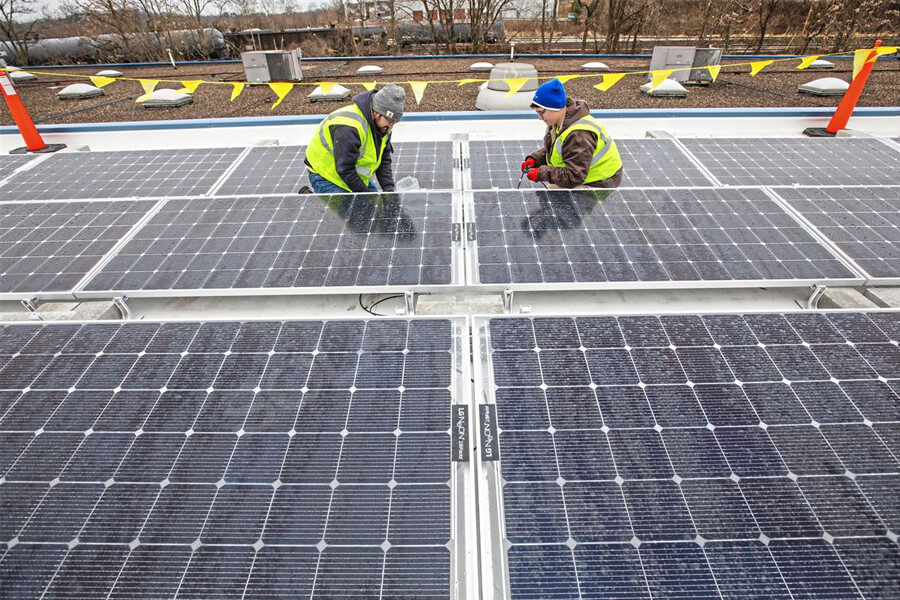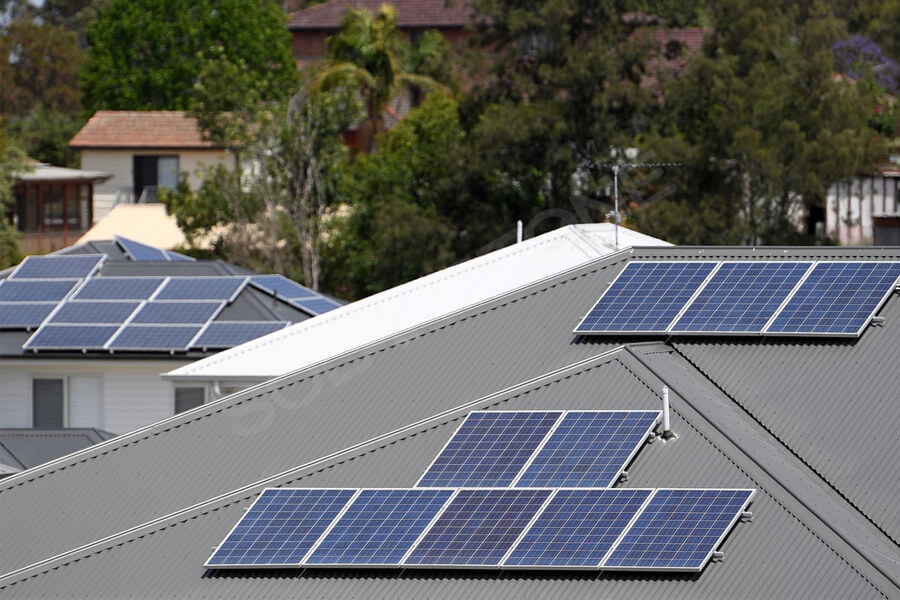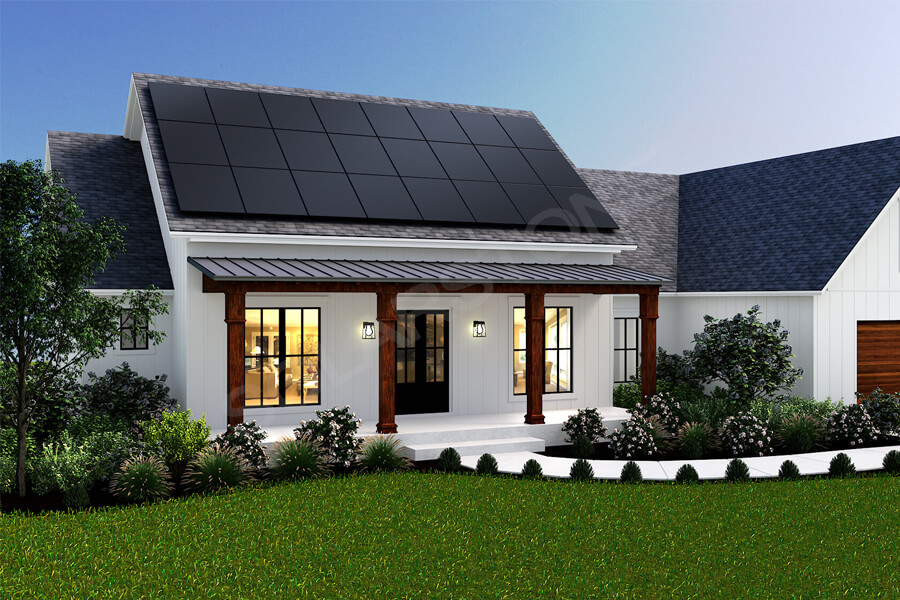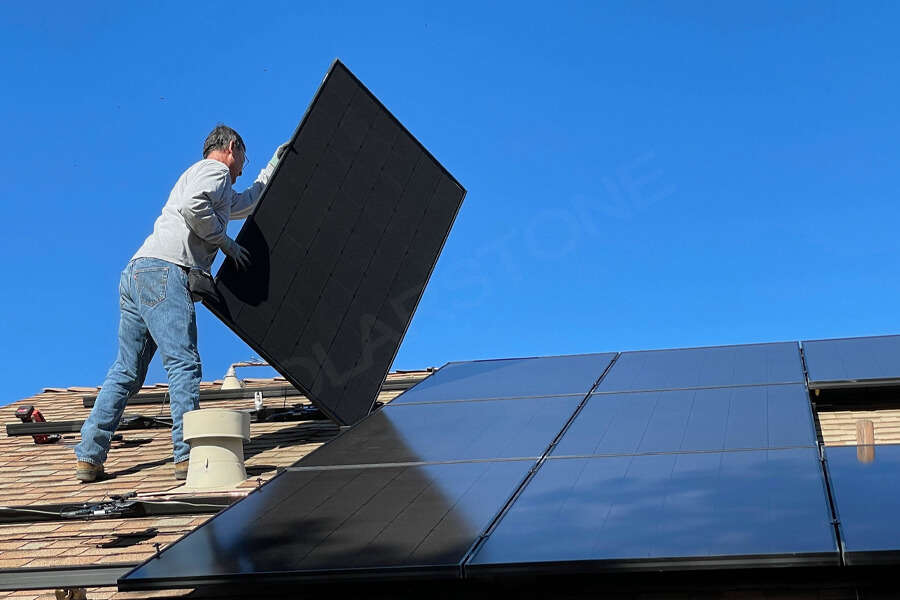Roof solar panels are 79% cheaper than they were in 2010. These slumps make rooftop solar photovoltaic power more attractive to families and businesses who want to reduce their dependence on the grid and reduce their carbon footprint.
But is there enough roof area for this technology to produce affordable low-carbon energy for everyone who needs it?
Research has found that only 50% of the world’s roofs need to be covered with solar panels to provide enough electricity to meet the world’s annual demand.
The researchers designed a program that included data from more than 300 million buildings and analyzed 130 million square kilometers of land, almost the entire land area of the earth. The study estimated how much energy can be generated on the 200000 square kilometers of roofs on these lands, which is roughly the same area as that in the UK.
The researchers then calculated the power generation potential by observing the location of these roofs. In general, roofs located in high latitudes, such as northern Europe or Canada, may have a difference of up to 40% in annual power generation potential due to the huge difference in the sunshine between winter and summer.
However, for roofs located near the equator, due to more stable sunshine, the power generation potential usually changes by only about 1% in different seasons.
This is important because these huge changes in monthly potential will have a significant impact on the reliability of solar power generation in the region. This means that energy storage solutions are needed where sunlight is more irregular, which increases the cost of electricity.
The results highlight three potential hot spots of roof solar power generation. Asia, Europe, and North America. Among them, Asia seems to be the cheapest place to install battery panels.
In countries such as India and China, 1000 watt-hours (KWH) of power is equivalent to the power consumed by notebook computers for 48 hours, which can be produced at only 0.05 pence.
This is due to the low manufacturing cost of solar panels and the sunny climate. Meanwhile, the most expensive countries to implement roof solar energy are the United States, Japan, and the United Kingdom. Europe is in the middle, and the average cost of the whole European continent is about 0.096p per kWh.
Rooftop solar panels seem to be as useful in less populated areas as in urban centers. For those living in remote areas, solar panels can help supplement or even replace the supply of potentially unreliable local power grids. For people in cities, solar panels can greatly reduce air pollution caused by burning fossil fuels for energy.


